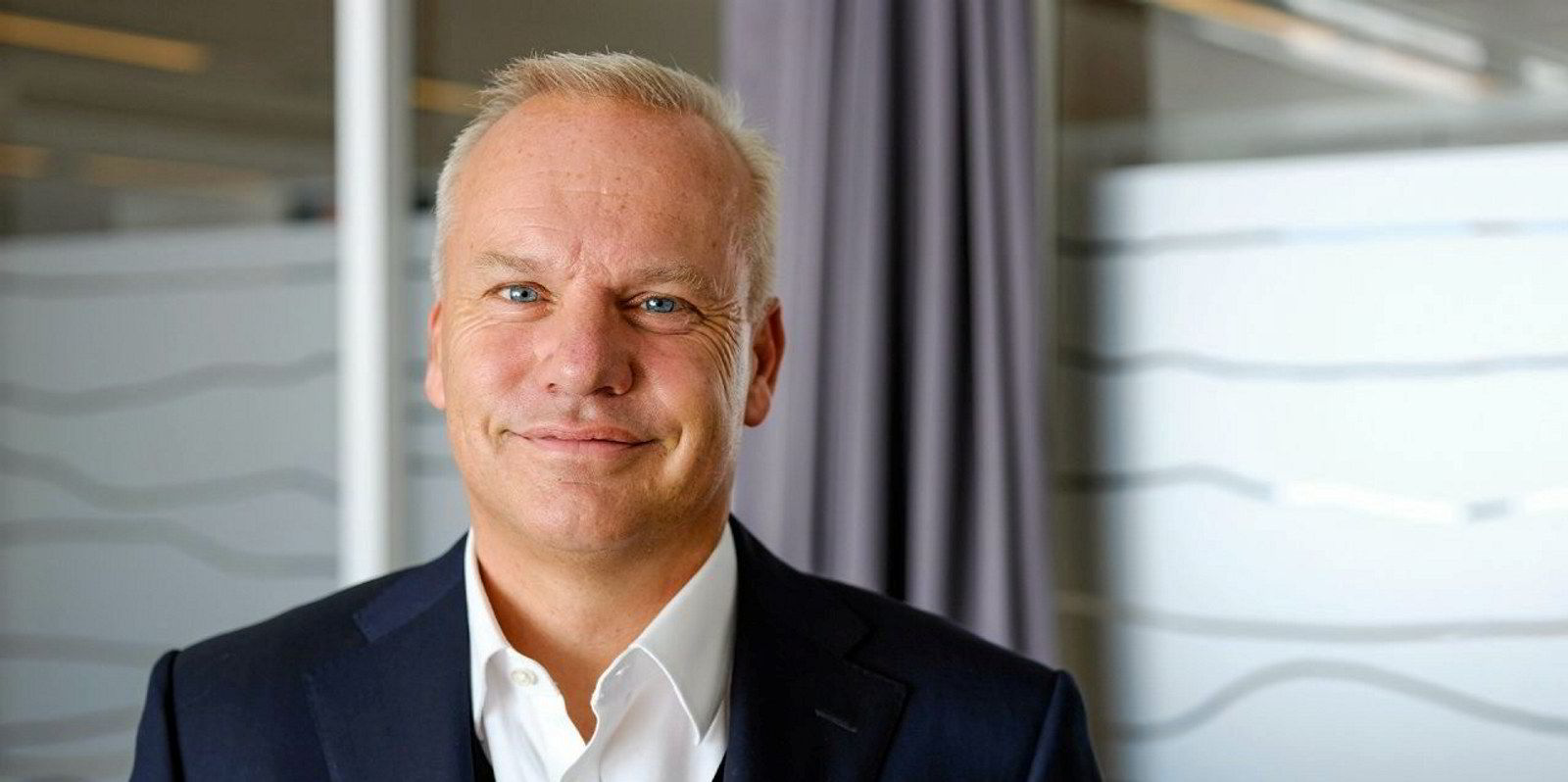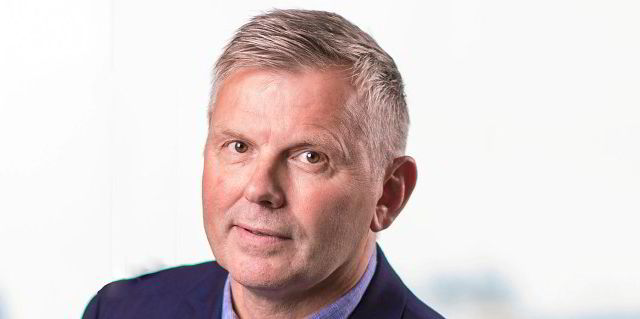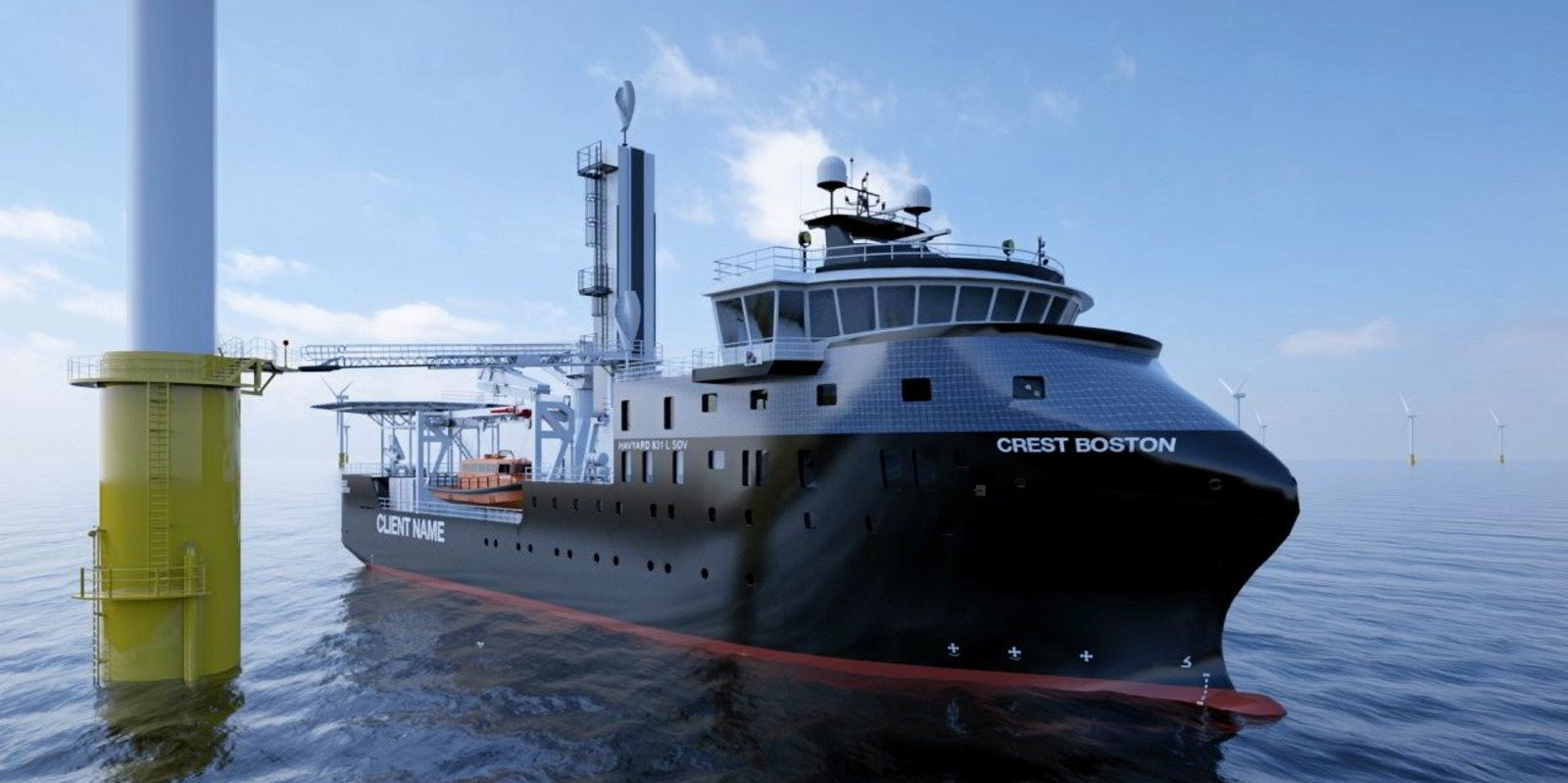Aberdeen-based North Star Renewables has emerged from a wide field to clinch a "transformative" deal to move into the wind-farm ship sector.
The contract to supply three service operation vessels (SOVs) to Norwegian major Equinor is worth £270m ($376m).
North Star, which is better known as an emergency response and rescue-vessel owner, beat an international array of companies in a tender launched last year.
The ships will service the 3.6GW Dogger Bank Wind Farm off the UK, which is the largest in the world. SSE Renewables and Eni are also involved in the project.
The deal creates 130 new full-time UK-based jobs in crewing and shore-based roles, and positions North Star as a "major player" in offshore wind, the shipowner said.
Big battle for business
TradeWinds first broke the news in June last year that Equinor was seeking three or four SOVs, with up to 18 bidders expected.
Interested parties included wind power companies and offshore shipping names, as well as a big conventional merchant shipping outfit that had been sniffing around, looking to "make a big splash, at least before the pandemic hit", according to one market observer.
UK operator Bibby Marine, Norway's Solstad Offshore and Denmark's Esvagt were also named as likely bidders.
North Star said the tender was "highly competitive".
The vessels will be delivered to Equinor from summer 2023, with 10-year charters attached. There are also three one-year options.
North Star chief executive Matthew Gordon said: "We have been working with our existing energy clients in the North Sea for over 40 years, with an outstanding reputation for delivering and operating offshore emergency support vessels safely."
He added: "We are now committed to building on the momentum of this contract award to further our diversification and firmly establish ourselves at the forefront of vessel design and delivery in the global renewables market."
Six million homes to be powered
Dogger Bank is located more than 130 km off the Yorkshire coast and will generate enough renewable energy to power six million UK homes.
North Star will deliver one SOV to be used for scheduled maintenance at Dogger Bank A and B, the first two phases of the farm.
This ship is due to be delivered in January 2024 and will also serve Dogger Bank C when this phase of the wind farm is operational.
A further two SOVs will carry out corrective maintenance at A and Bank B. Delivery of these vessels is scheduled for July 2023 and July 2024, respectively.
A further contract for an SOV to be used for corrective maintenance at Dogger Bank C will be awarded at a later stage.
The ships will run from Port of Tyne.
Two years in the making

North Star’s designs, which have been two years in the making, come with digital decision support technology, advanced propulsion systems, hybrid power management, a waste heat recovery system and a new daughter-craft design.
"We are pleased that a UK supplier wins these contracts in a tough international competition," Halfdan Brustad, vice president for Dogger Bank at Equinor, said.
"The high-end SOVs will ensure our teams have a comfortable stay offshore, which is important before a day’s work on the turbines. We have incorporated leading technology to ensure we can operate the wind farm safely, sustainably and efficiently."
European yards in pole position?
No shipyard has been announced, but European yards are specialists in this kind of ship, including Spain's Astilleros Gondan and Zamakona Yards, Norway's Ulstein Verft and Havyard Group, Turkey's Cemre Engineering Shipbuilding Industry and Trade, and Damen Shipyards of the Netherlands.
Equinor has wind-farm interests in the UK, US and Poland, as well as Norway.
In 2026, the state energy company expects production capacity from renewable projects of between 4 GW and 6 GW.
This is around 10 times higher than today’s capacity, implying an annual average growth rate of more than 30%.
Towards 2035, Equinor expects to increase installed renewables capacity further to 12 GW to 16 GW, dependent on availability of attractive project opportunities.
The wind-farm sector is becoming increasingly important to offshore vessel owners as energy companies' renewables spending outstrips oil and gas.
On Tuesday, Norwegian company Edda Wind, which is owned by Ostensjo Rederi and Wilhelmsen, said it was preparing for an Oslo initial public offering to raise cash for expansion.
It also ordered another two commissioning service operation vessels (CSOVs) at Gondan.








